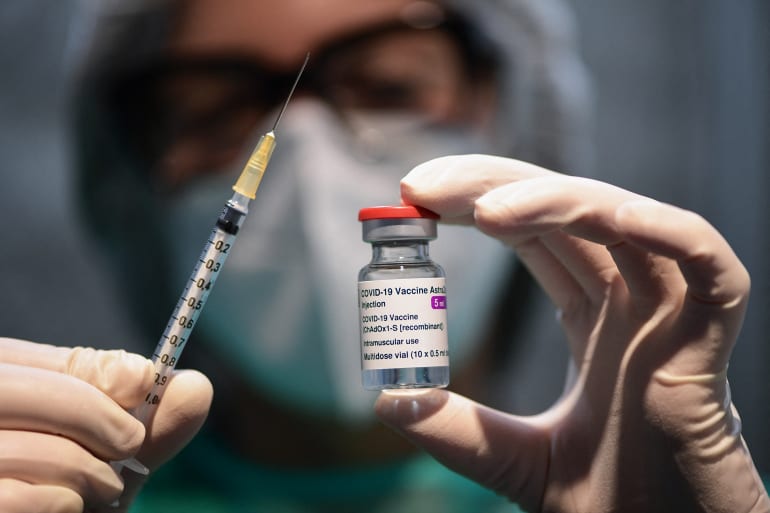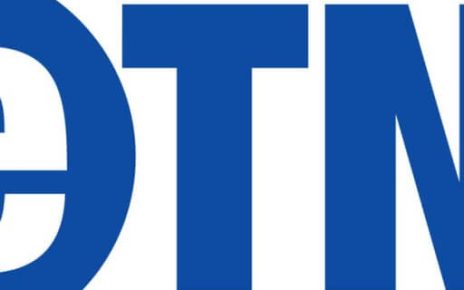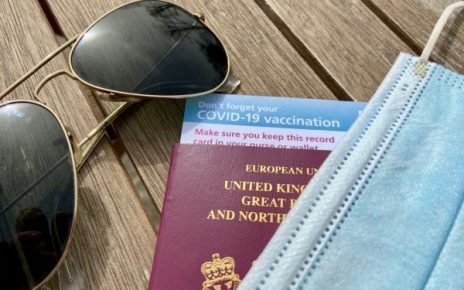Now that some people have been fully vaccinated, what lies ahead in the United States as the COVID-19 coronavirus is still rampaging in some countries around the world. What exactly do we need to do?
- First of all, what does being fully vaccinated mean exactly?
- Being vaccinated is not an end-all to COVID-19 safety precautions.
- President Biden says no mask required for fully-vaccinated outdoors in smaller groups, but in general the rules still apply – wear a mask, social distance, and sanitize.
According to the Centers for Disease Control and Prevention (CDC), there have been over 212 million COVID vaccinations administered around the United States. As millions of people get fully vaccinated, they may still be wondering how they can continue to minimize their risks of contracting the virus. The good news is that there are ways to help reduce risks and keep healthy.
“It’s a great idea to get the vaccine but getting it doesn’t mean you can completely let your guard down,” explained Shan S. Haider, Chief Executive Officer of CurexLab, a supplier of COVID-19 PPE and lab supplies. “The vaccine is the first step in protecting yourself, but there are other things you can do to keep you and your family healthy.”
First, it’s important for people to know what being “fully vaccinated” means. Getting the vaccine doesn’t mean that one has reached full vaccination. According to the CDC, people are considered to be fully vaccinated 2 weeks after they have received their final vaccine. For those who have received the Moderna and Pfizer vaccines, that would mean 2 weeks after their second dose. For those who have received the Johnson & Johnson vaccine, that would be 2 weeks after their one shot.
Additional things that you can do to stay COVID-safe after being fully vaccinated include:




